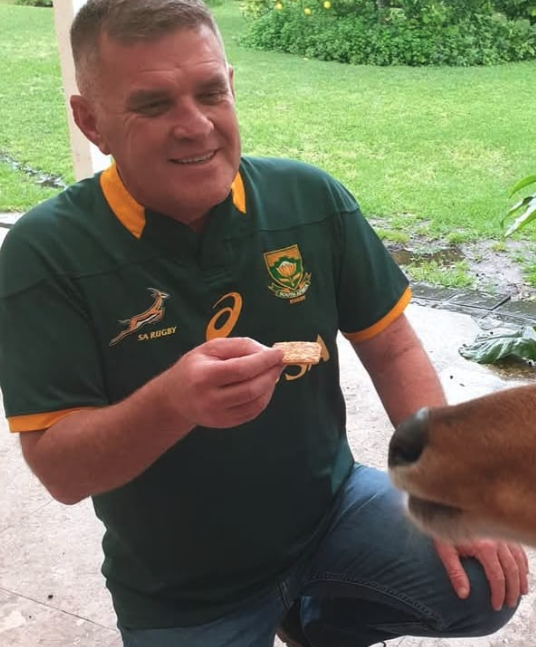Welcome back to Rugby Skool, where, today, we’re diving into tackles, rucks, and mauls – those dark and murky places where players collide and yet, somehow, still manage to keep on playing.
So grab a helmet, and let’s get to it. Or, rather, don’t. Rugby laughs at helmets. Those are for gridiron players — rugby prefers bruises and bravado.
The tackle is simple: if someone’s got the ball, you slam them to the ground. Forcefully but legally – that means no neck-grabbing or WWE suplexes.
Expect maximum bruising and minimum sympathy. Once down, the tackled player must release the ball, giving rise to a ruck.
At this point, players from both sides pile in at top speed, pushing and shoving to secure the ball while the ref yells, “Use it!” It’s chaos, but organised, much like a toddler’s birthday party.
Then there’s the maul, rugby’s mobile mosh pit. If a player’s tackled but stays upright, teammates and opponents swarm in, creating a standing wrestle-fest.
The ball’s passed back (always backward, because rugby’s quirky like that), and the maul lumbers forward like a drunken conga line. It’s teamwork, but with lots of elbows.
The uninitiated needn’t stress if it all resembles a brawl. This is just rugby’s language of love. And just wait for the moment that a ruck gets cleared or a maul trundles over the tryline and scores – it’s like the crowd’s won the lottery.
Next week, we’ll meet the players, from willowy wingers to lanky locks. For now, embrace the chaos.DM
Nelson Mandela Bay
Rugby collisions — making sense of what looks like a brawl
The countdown to the Springboks’ return to Gqeberha is on—and the city’s already humming. As anticipation builds for the July clash against Italy, radio personality Daron Mann is back with Rugby Skool – a tongue-in-cheek crash course for anyone who’s ever asked, ‘Wait, what’s a ruck?’




